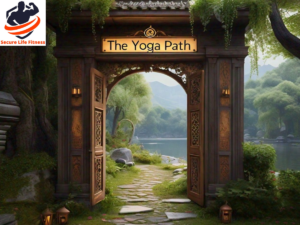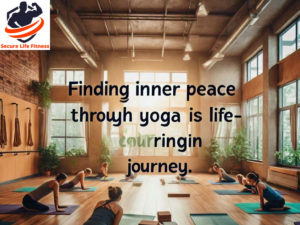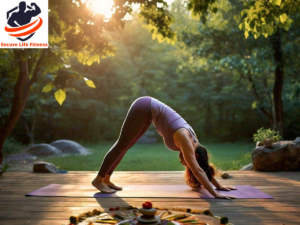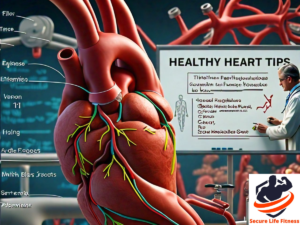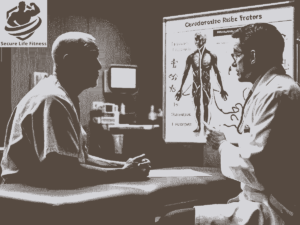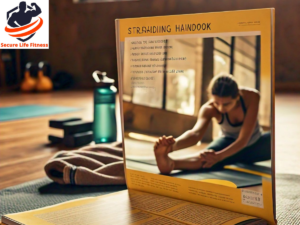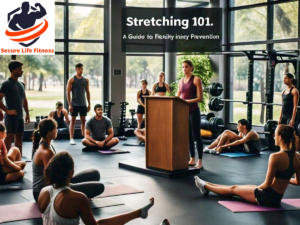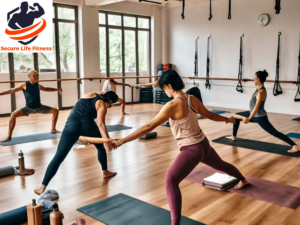Table of Contents
ToggleBeauty of Flexibility
Change is an inevitable part of life, and it can be daunting to navigate. However, embracing change and being flexible can lead to personal growth, new opportunities, and a more fulfilling life. In this blog post, we’ll explore the beauty of flexibility and provide practical tips on how to cultivate it.
The Importance of Flexibility
- Adapting to new situations: Flexibility allows us to adapt to new situations and challenges, making us more resilient in the face of change.
- Building stronger relationships: Flexibility in relationships leads to better communication, empathy, and understanding.
- Personal growth: Embracing change and being flexible opens us up to new experiences, skills, and perspectives.
- Improved problem-solving: Flexibility enables us to approach problems from different angles, leading to more effective solutions.
The Benefits of Flexibility
Personal Benefits
- Reduced stress: Flexibility reduces stress and anxiety caused by resistance to change.
- Increased confidence: Embracing change and being flexible boosts self-confidence and self-esteem.
- Improved mental health: Flexibility promotes a growth mindset, reducing the risk of depression and anxiety.
Professional Benefits
- Career advancement: Flexibility in the workplace leads to new opportunities, skills, and career growth.
- Effective leadership: Flexible leaders inspire and motivate their teams, fostering a positive work environment.
- Innovation and creativity: Flexibility encourages out-of-the-box thinking, driving innovation and creativity.
Cultivating Flexibility
Mindset Shifts
- Embrace uncertainty: View uncertainty as an opportunity for growth and exploration.
- Let go of perfectionism: Recognize that perfection is unattainable and embrace imperfection.
- Focus on the present: Concentrate on the present moment, rather than dwelling on the past or worrying about the future.
Practical Strategies
- Practice mindfulness: Regular mindfulness practice increases flexibility and reduces stress.
- Seek diverse perspectives: Expose yourself to different cultures, beliefs, and ways of thinking.

Overcoming Obstacles to Flexibility
Common Barriers
- Fear of change: Fear of the unknown can hold us back from embracing change.
- Comfort zone: Staying in our comfort zone can limit our potential.
- Past experiences: Traumatic experiences can make us resistant to change.
Breaking Down Barriers
- Acknowledge and accept fear: Recognize and accept fear, then take small steps towards change.
- Gradual exposure: Gradually expose yourself to new experiences, building confidence and flexibility.
- Seek support: Surround yourself with supportive people who encourage growth and exploration.
Real-Life Examples of Flexibility
Personal Examples
- Changing careers: Sarah transitioned from a marketing career to a writing career, despite her fears and doubts.
- Moving to a new country: Alex moved from the US to Japan, adapting to a new culture and language.
- Overcoming health challenges: Rachel adjusted her lifestyle and habits after being diagnosed with a chronic illness.
Professional Examples
- Pivoting a business: John shifted his business from a brick-and-mortar store to an online platform.
- Adapting to new technology: Emily learned new software and tools to stay relevant in her field.
- Leading a team through change: Michael guided his team through a company merger, fostering open communication and adaptability.
Flexibility in Different Areas of Life
Relationships
- Communicating effectively: Listen actively and respond empathetically to build stronger relationships.
- Compromising and finding common ground: Find mutually beneficial solutions to conflicts.
Workplace
- Adapting to new roles and responsibilities: Embrace new challenges and tasks with a growth mindset.
- Collaborating with diverse teams: Value different perspectives and skills to achieve common goals.
Personal Growth
- Embracing new hobbies and interests: Explore new passions and activities to expand your horizons.
- Stepping out of your comfort zone: Challenge yourself to try new things and take calculated risks.
Final Thoughts
- Embrace the journey: View flexibility as a continuous process of growth and learning.
- Be gentle with yourself: Treat yourself with kindness and compassion as you navigate challenges.
- Honour your accomplishments: No matter how modest, acknowledge and appreciate your accomplishments.
By embracing flexibility, you’ll be better equipped to navigate life’s twists and turns with grace, resilience, and confidence.
Flexibility in Action
Case Studies
- Google’s Flexible Work Culture: Google’s flexible work culture allows employees to work from anywhere, at any time, promoting work-life balance and increased productivity.
- Amazon’s Innovative Approach: Amazon’s flexible approach to innovation encourages experimentation and risk-taking, leading to groundbreaking products and services.
- Nike’s Adaptive Leadership: Nike’s flexible leadership style fosters a culture of collaboration and adaptability, driving success in a rapidly changing market.

Flexibility in Different Cultures
Eastern vs. Western Cultures
- Eastern Cultures: Eastern cultures, such as Japan and China, value flexibility and adaptability in their approach to life and business.
- Western Cultures: Western cultures, such as the US and UK, emphasize individualism and stability, but are increasingly adopting flexible practices.
Global Flexibility
- Remote Work: Remote work allows employees to work from anywhere, promoting flexibility and work-life balance.
- Global Teams: Global teams collaborate across cultures and time zones, fostering flexibility and innovation.
The Future of Flexibility
Trends and Predictions
- Increased Remote Work: Remote work will become the norm, allowing for greater flexibility and work-life balance.
- AI and Automation: AI and automation will enable greater flexibility in industries and roles.
- Lifelong Learning: Lifelong learning will become essential, as flexibility and adaptability become key to success.
Conclusion
Flexibility is a powerful tool that can be applied to various aspects of life, from personal growth to professional success. By embracing flexibility, we can lead more fulfilling lives, build stronger relationships, and achieve our goals. Recall that being flexible is a process rather than a final goal called Beauty of Flexibility.




